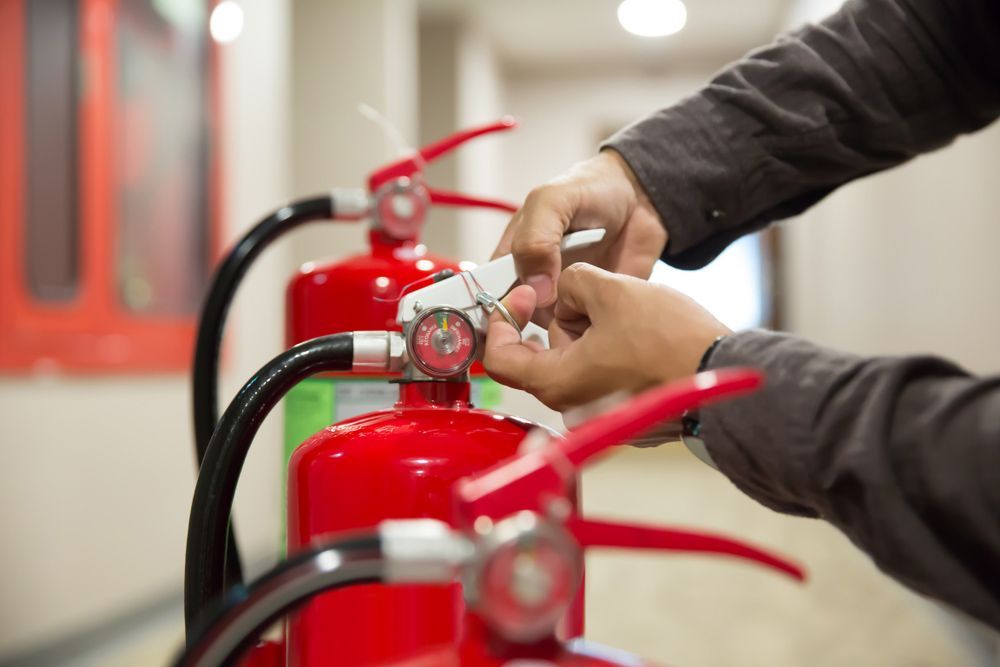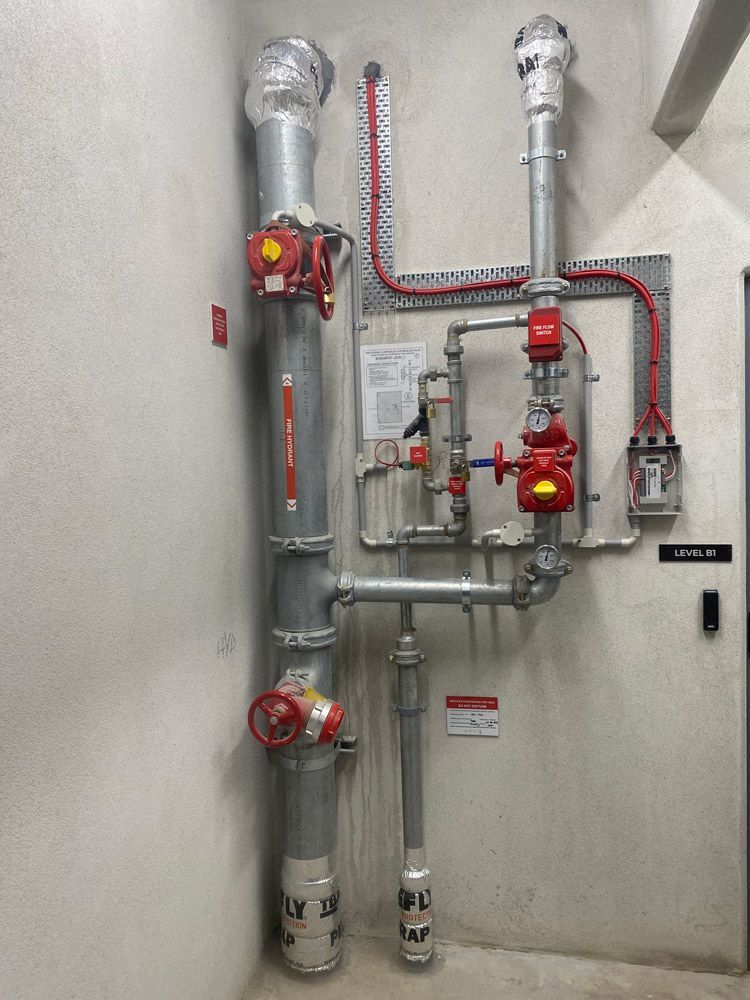What Are The Differences Between Passive & Active Fire Systems?
Author: Pasiv Fire | Date: December 18, 2024
On this page:
Fire safety is an essential component of building design and management, protecting lives, property, and operations. To ensure robust fire protection, both passive fire systems and active fire systems play vital roles. Understanding how these systems work, their key differences and their individual benefits can help building owners, fire safety officers, and construction professionals make informed decisions.
While both systems are part of comprehensive fire safety strategies, passive fire systems—which focus on fire prevention and containment—form the backbone of effective building protection. Let’s dive deeper into what these fire prevention methods entail, their differences, and how to integrate them into building design and safety planning.
What Are Passive Fire Systems?
Passive fire systems are designed to prevent the spread of fire and smoke through a building without the need for human intervention or external activation. These systems focus on containment and compartmentalisation to minimise damage and allow occupants more time to evacuate safely.
Examples of Passive Fire Systems:
- Fire-Resistant Walls, Ceilings, & Floors: Constructed using fire-rated materials that limit fire and heat transfer between areas.
- Fire Doors & Fire-Resistant Windows: Contain fire and smoke within designated areas.
- Fire Dampers: Prevent fire from travelling through HVAC systems and air ducts.
- Fire-Resistant Coatings: Applied to structural elements to delay heat and fire damage.
- Intumescent Products: Materials that expand when exposed to high temperatures, sealing gaps and slowing fire spread.
Passive systems are integrated into the building’s structural elements and remain “on standby,” ready to perform their role during a fire event.
What Are Active Fire Systems?
Active fire systems, in contrast, require activation—either manually or automatically—to detect, suppress, or extinguish fires. These systems often rely on technology, sensors, or human input to function effectively.
Examples of Active Fire Systems:
- Fire Alarms & Smoke Detectors: Detect smoke or heat and trigger alerts.
- Fire Sprinkler Systems: Automatically release water to suppress fires.
- Fire Extinguishers: Manually operated devices used to control smaller fires.
- Fire Hose Reels & Hydrants: Provide access to water for fire suppression.
- Emergency Lighting & Exit Systems: Aid occupants during evacuation by illuminating exit pathways.
Active systems are essential for detecting fires early and directly suppressing or extinguishing flames, reducing the risk of widespread damage.
When Should Each System Be Used?
An effective fire safety plan integrates both passive and active fire systems, as each serves a unique purpose.
Passive Fire Systems
Passive fire systems are fundamental in the design and construction phase of buildings. They form a structural barrier that slows fire and smoke progression, protecting escape routes and providing vital time for evacuation. These systems are especially critical in:
- High-occupancy buildings (e.g., apartment complexes, offices, schools).
- Industrial facilities where fire containment is essential.
- Heritage or older buildings where fire protection upgrades are required.
Active Fire Systems
Active fire systems are essential for real-time fire detection and suppression. They are particularly effective in:
- Early fire detection in residential and commercial buildings.
- Controlling and extinguishing fires in industrial facilities.
- Areas requiring direct suppression, such as kitchens, workshops, or server rooms.
By combining passive systems for prevention and containment with active systems for detection and response, building owners and managers can create a comprehensive fire protection strategy.
Why Prioritise Passive Fire Systems?
Passive fire systems form a critical foundation for fire safety, working silently to contain fire and smoke. Unlike active systems, they don’t rely on external triggers, making them highly dependable during emergencies. Their benefits include:
- Fire Containment: By compartmentalising fire and smoke, passive systems prevent rapid spread, protecting property and lives.
- Enhanced Evacuation Time: Structural barriers, such as fire-rated walls and doors, provide occupants valuable extra time to escape.
- Durable & Reliable: Once installed, passive fire systems require minimal upkeep while performing consistently when needed.
- Regulatory Compliance: Building codes mandate passive fire protection to meet safety standards, making it a legal and practical necessity.
Passive fire systems play a pivotal role in modern fire safety by creating effective barriers that limit the spread of flames, smoke, and heat. By utilising fire-rated materials and structural elements, they help protect critical assets, safeguard escape routes, and reduce the burden on active fire suppression systems. These solutions are particularly effective in high-risk environments, where compartmentalisation can prevent small incidents from escalating into large-scale damage.
Discover the Power of Passive Fire Protection
Understanding the differences between passive fire systems and active fire systems is key to creating an effective fire protection strategy. By mitigating the impact of fire-related damage, these systems support sustainable building practices, ensuring structural integrity for years to come.
If you’re looking for trusted professionals in passive fire systems, turn to Pasiv Fire. We focus on delivering tailored passive fire solutions that seamlessly integrate into any building structure, ensuring robust protection against fire emergencies. Contact us today to learn more about how passive fire systems can strengthen your fire safety strategy.















